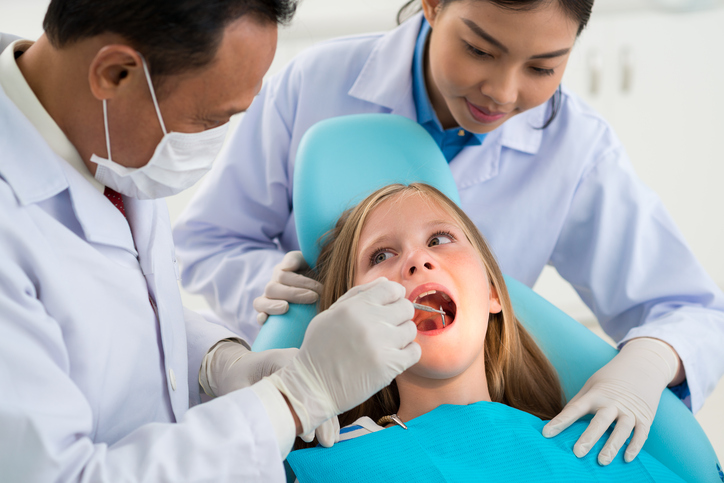Baby teeth, also known as primary teeth, are essential for a child’s normal development and future oral health. They don’t just help chew food and talk. Here’s a list provided by Van Nuys Dental of the importance of proper spacing and factors that may impact it. It is therefore very vital for parents and caregivers to understand the essentials of primary teeth spacing and development since it will form the basis of a dynamic permanent dentition.
Importance of Proper Spacing
Preventing Crowding:
Sufficient spacing between the primary teeth is important for ensuring no crowding of the permanent ones. If a child’s primary teeth are too near one another, there might not be sufficient room for permanent teeth to come in properly. Your child may become more likely to experience overlapping, crowding, and the need for Orthodontic treatment later on.
Reducing Orthodontic Issues:
Good spacing will also prevent the development of malocclusions (bad bites). Proper alignment of primary teeth ensures the proper spacing for permanent teeth. In turn, this can help reduce or avoid braces and other orthodontic treatments to get the adult set to emerge in their rightful places.
Ease of Cleaning:
Spaced primary teeth are easier to clean and require areas that are less at risk of tooth decay or gum disease. The more teeth you have crowding your mouth, the less room there is between those teeth for food particles and plaque. This makes it difficult to keep up a good level of oral hygiene.

Factors that Can Affect the Spacing of Primary Teeth
Genetics:
There is also a “genetic” component to primary teeth spacing and alignment. The form and size of the teeth along with the jaw can be learned by their children from a parent.
Oral Habits:
Habits such as thumb or finger sucking, prolonged use of a pacifier, atypical swallowing movement pattern, and tongue thrusting can also exert the same pressure causing spacing peaking and primary tooth alignment. It can only put unnecessary pressure on your teeth and jaw that cause misalignment.
Premature Tooth Loss:
Early loss of primary teeth: Occasionally primary teeth are lost early from decay, injury, or other circumstances. When this occurs the permanent teeth can drift into the empty spaces resulting in a lack of space and eventual crowding or misalignment.
Spacing between and eruption sequence of the primary teeth are important features of a child’s oral health; these factors affect permanent dentition longevity. When primary teeth are properly spaced and aligned, they help ensure permanent teeth also come in correctly; reduce the risk of orthodontic problems later in life; and prepare good oral hygiene habits from childhood.


